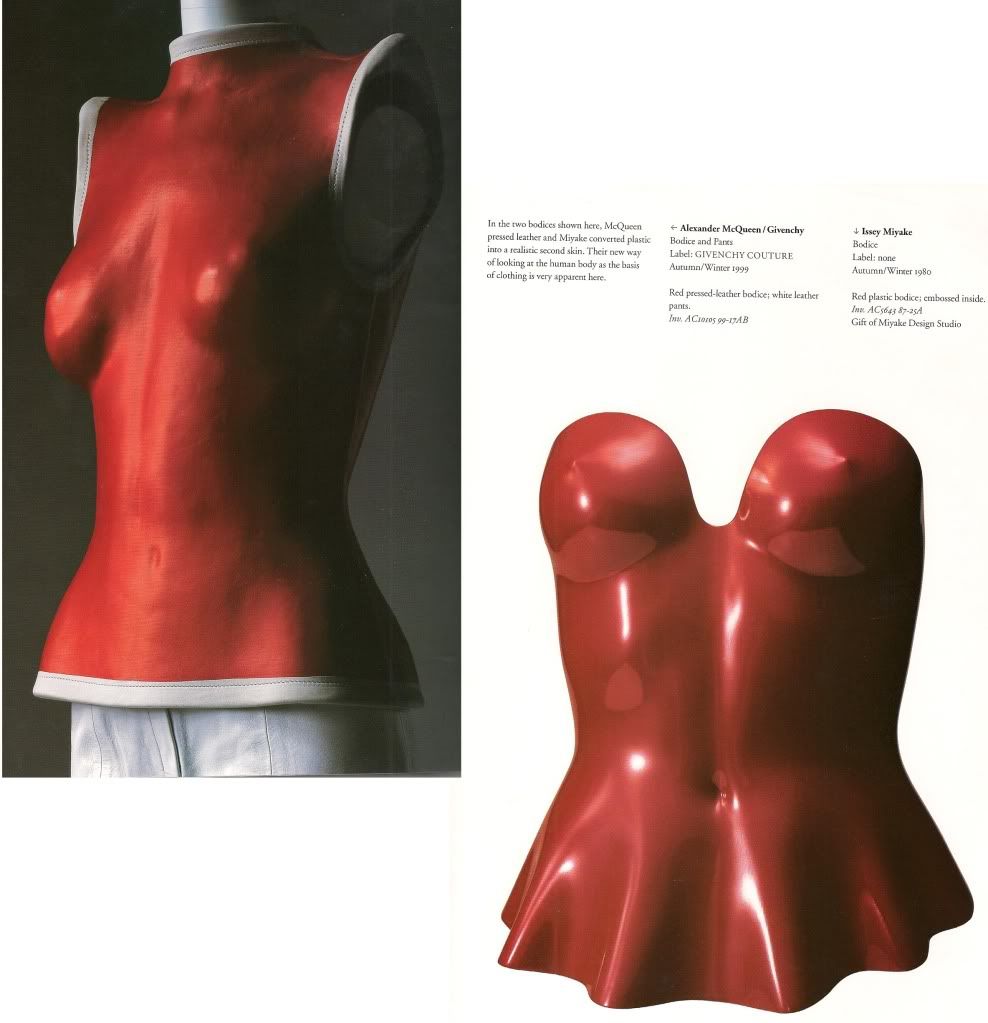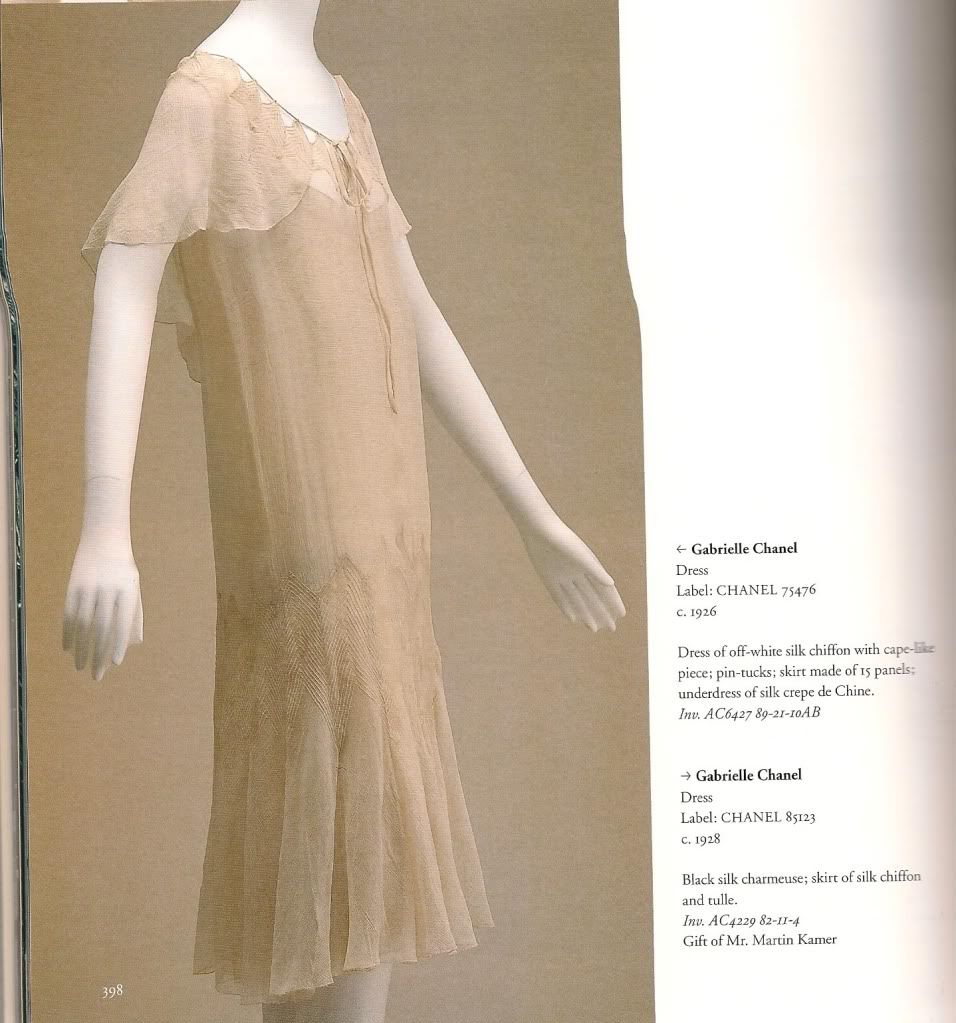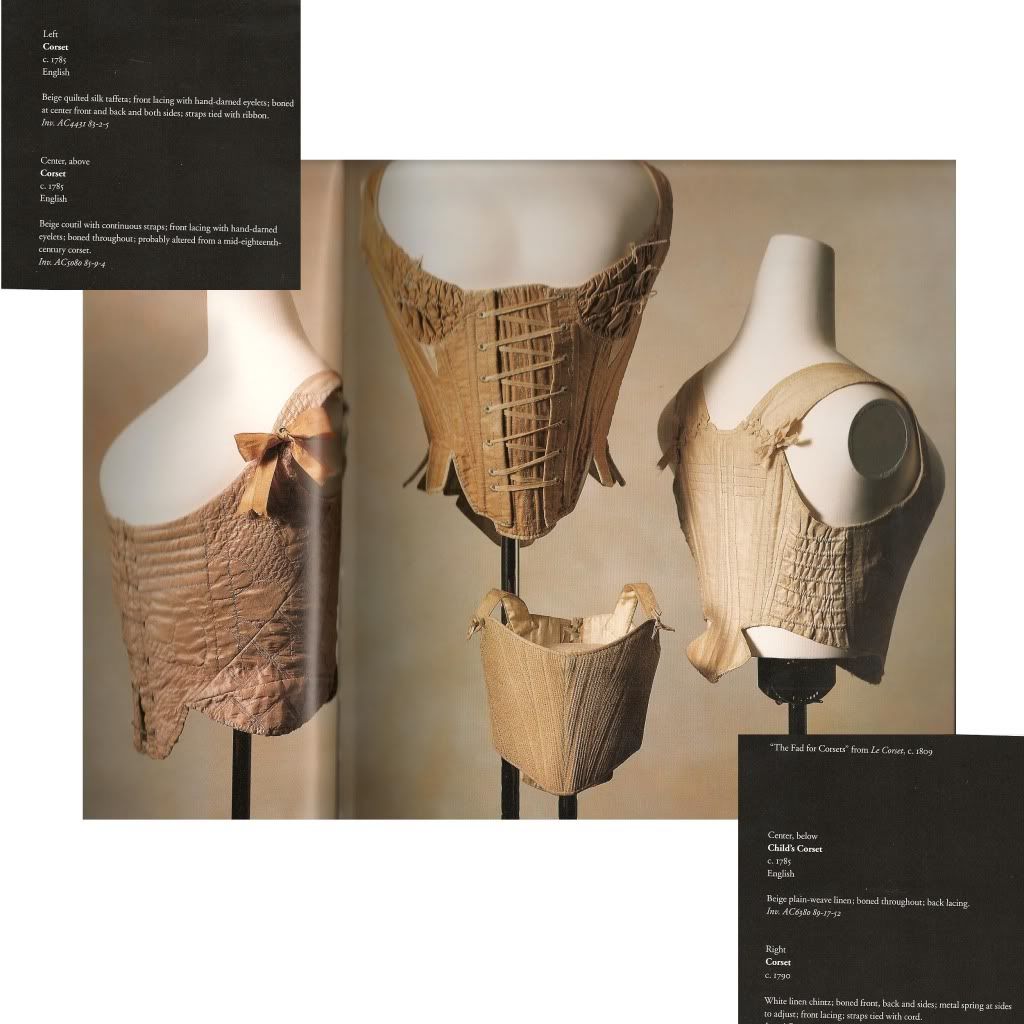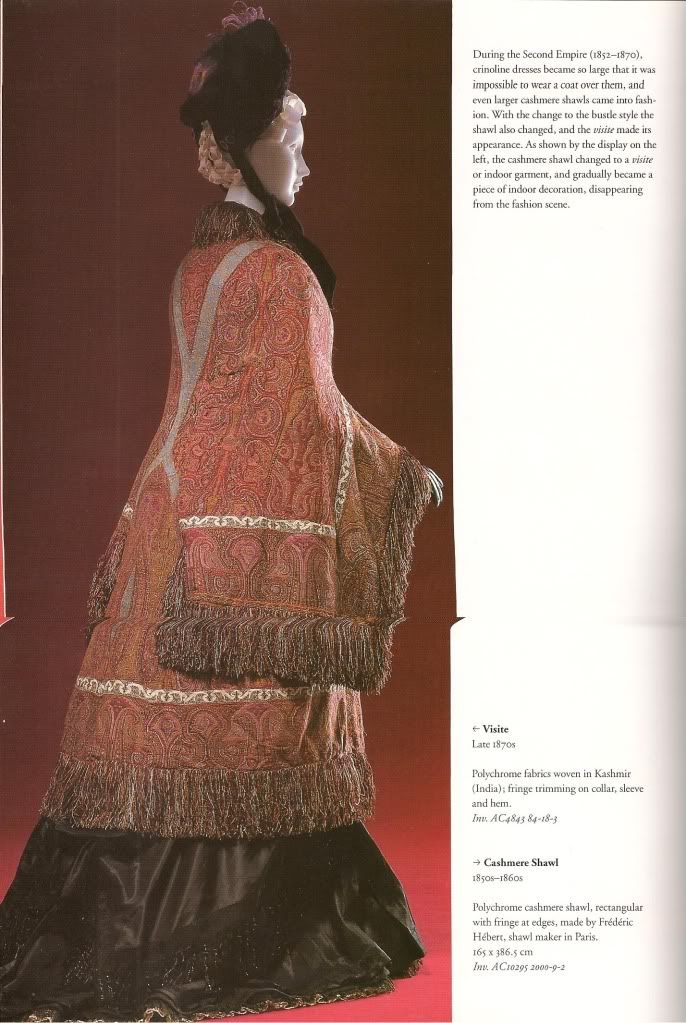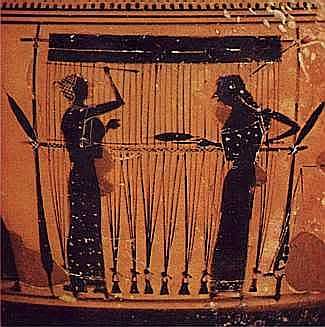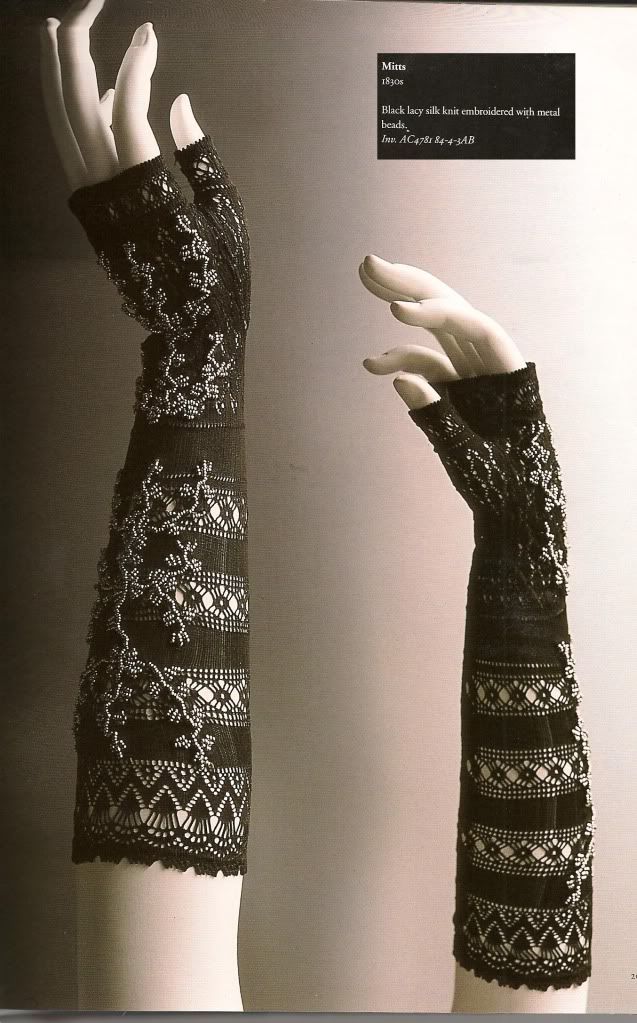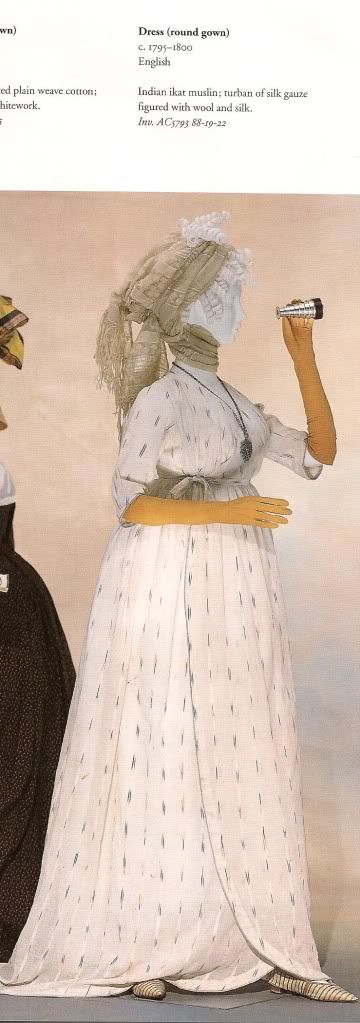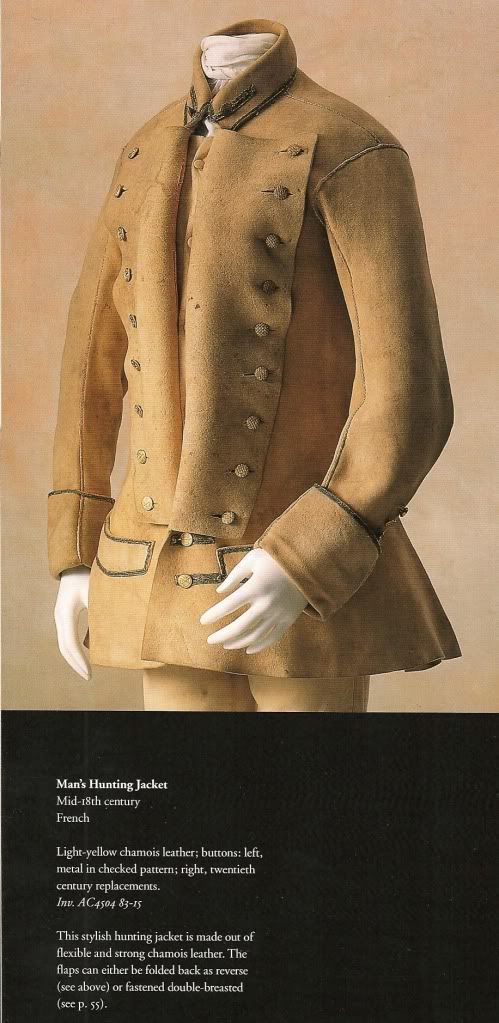I found a great book with a lot of usable pictures,
The Collection of the Kyoto Costume Institute FASHION A History from the 18th to the 20th Century, also a few are from the web
. Styles have changed through the ages but some fabrics like silk and cotton have been staple fabrics since the Egyptians and ancient Chinese eras.
"In the two bodices shown here, McQueen pressed leather and Miyake converted plastic into a realistic second skin. Their new way of looking at the human body as the basis of clothing is very apparent here."
Alexander Mcqueen/Givenchy
Bodice and Pants
Label:
Givenchy Couture
Autumn/Winter 1999
Red pressed-leather bodice; white leather pants.
Issey Miyake
Bodice
Label: None
Autumn/Winter 1980
Red plastic bodice; embossed inside.
"Ever since her debut, Rei Kawakubo has never relied on the standardized concepts of fashion when creating her own designs. Her designs are always noble and beautiful. This sweater looks complex, but it is basically structured by one straight-line panel. There is an abundance of space inside, and when the sleeve is open to the side, it is shaped like a Japanese kimono."
Rei Kawakubo/Comme des Garcons
Sweater and Skirt
Label:
tricot COMME des GARCONS (sweater),
COMME des GARCONS (skirt)
Autumn/Winter 1983
Off-white wool garter-stitch knit sweater, rib-knit at hem; off-white wool jersey skirt.
Gabrielle Chanel
Dress
Label: Chanel
c. 1926
Dress of off-white silk chiffon with cape-like piece; pin-tucks; skirt made of 15 panels;
underdress of silk crepe
de chine.
Left
Corset
c.1785
English
Beige quilted silk
taffets; front lacing with hand-darned eyelets; boned at center front and back and both sides; straps tied with ribbon.
Center, above
Corset
c.1785
English
Beige
couril with continuous straps; front lacing with hand-darned eyelets; boned throughout; probably altered from a mid-eighteenth-century corset.
Center, below
Child's Corset
c.1785
English
Beige plain-weave linen; boned throughout; back lacing.
Right
Corset
c.1790
White Linen chintz; boned front, back and sides; metal spring at side.
"During the Second Empire (1852-1870), crinoline dresses became so large that it was impossible to wear a coat over them, and even larger cashmere shawls came into fashion. With the change to the bustle style the shawl also changed, and the visite made it's appearance. As shown by the display on the left, the cashmere shawl changed to a visite or indoor garment, and gradually became a piece of indoor decoration, disappearing from the fashion scene."
Visite
Late 1870's
Polychrome fabrics woven in Kashmir (India); fringe trimming on collar, sleeve and hem.
Cashmere Shawl
1850's-1860's
Polychrome cashmere shawl, rectangular with fringe at edges, made by Frederic Hebert, shawl maker in Paris.
I found this image very inspirational for this research project. The ancient Egyptians used looms to weave fabric, they were the first civilization to move fashion away from animal skins.
Two women at a loom,
passing their shuttle back and forth
Attic black-figured jug, c.550 BC, attributed to the Amasis Painter.
The Metropolitan Museum of Art, Fletcher Fund, 1931
(Eric Schaal, photographer)
TimeLife's series, GREAT AGES OF MAN: Classical Greece, 1965:86
Mitts 1830's Black lacy silk knit embroidered with metal beads.
Dress (round gown) c.1795-1800 English Indian ikat muslin; turban of silk gauze figured with wool and silk.
"The word 'dandy' first surfaced as a anme for refined men in England in the early nine teenth century. Encouraged by the Restoration in 1815, aristocrats who had fled to Britain returned to France, and the dandies who returned to Paris became a feature of the city. Their clothes were in the sinple and functional style of English fashion. Since the style was simple without decoration, a cut0to fit, perfect tailoring technique and the use of superior-quality fabric were stressed. The carefully combined color scheme, and the cut that perfectly fits the body line, makes this typical 1830's -style dandy suit almost a work of art."
Man's Ensemble 1830's Dark brown tail coat of wool broadcloth with velvet collar; waistcoat of black silk satin with cut-velvet woven floral pattern; trousers of plaid cotton twill; silk pongee scarf.
Man's Hunting Jacket Mid-18th Century Light-yellow chamois leather; buttons: left, metal in checked pattern; right, tewntieth century replacements.
This stylish hunting jacket is made out of flexible and strong chamois leather. The flaps can either be folded back as reverse or fastened double breasted.
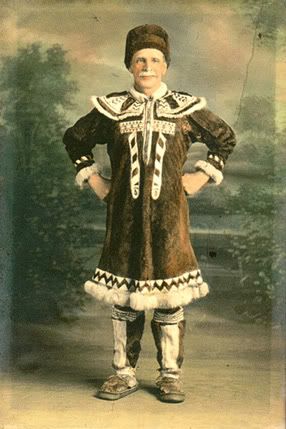 Eskimo family ((Left to right)
Reindeer Princess Holulu Buliak,
(daughter of Sinrock Mary),
husband Charles E. Gordon,
daughters Anna (my grandmother)
and Rose (my grandmother's sister)
- circa 1903)
Here is the same man with the rest of his family. This is not a glamorized image of beautiful white fur hoodie and people who look comfortable in the cold. In this image you can really see how the clothes are their sanctuary.
Eskimo family ((Left to right)
Reindeer Princess Holulu Buliak,
(daughter of Sinrock Mary),
husband Charles E. Gordon,
daughters Anna (my grandmother)
and Rose (my grandmother's sister)
- circa 1903)
Here is the same man with the rest of his family. This is not a glamorized image of beautiful white fur hoodie and people who look comfortable in the cold. In this image you can really see how the clothes are their sanctuary.



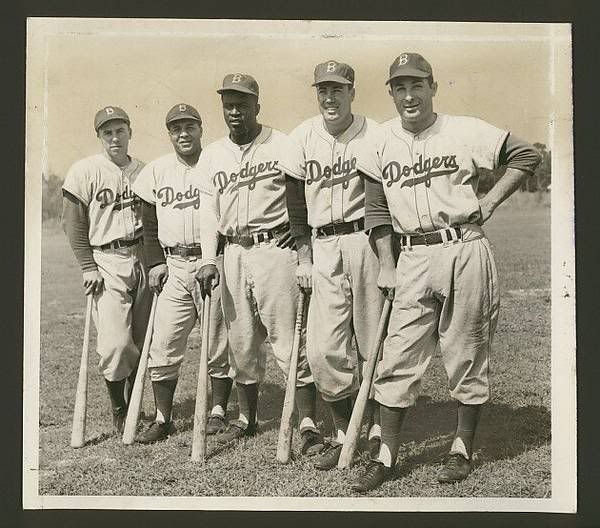

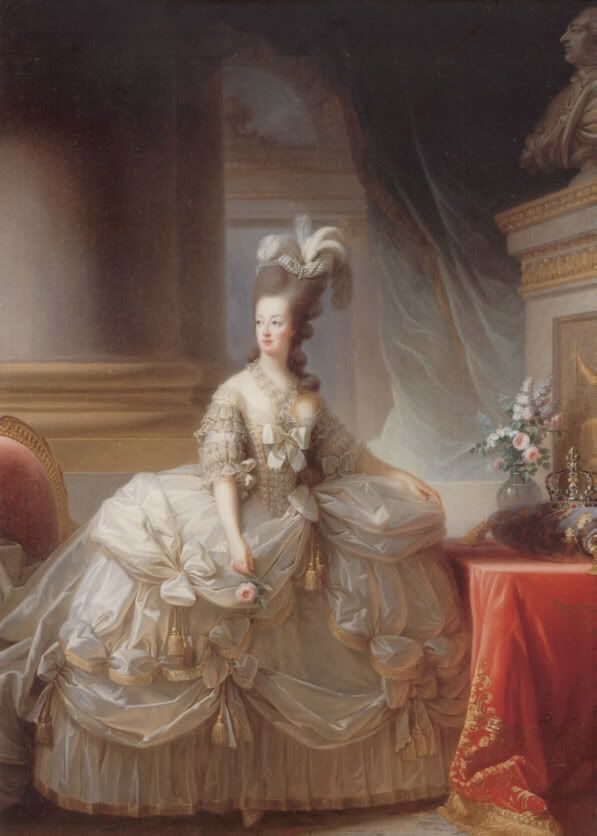
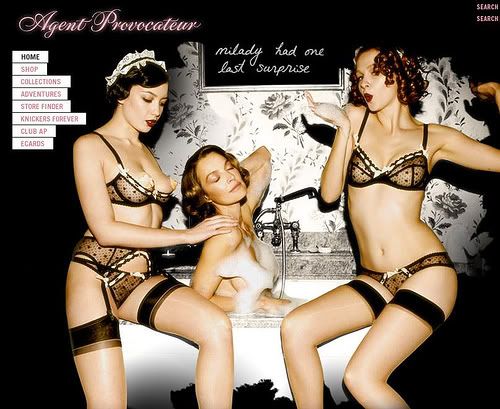 Suzanna
Suzanna





